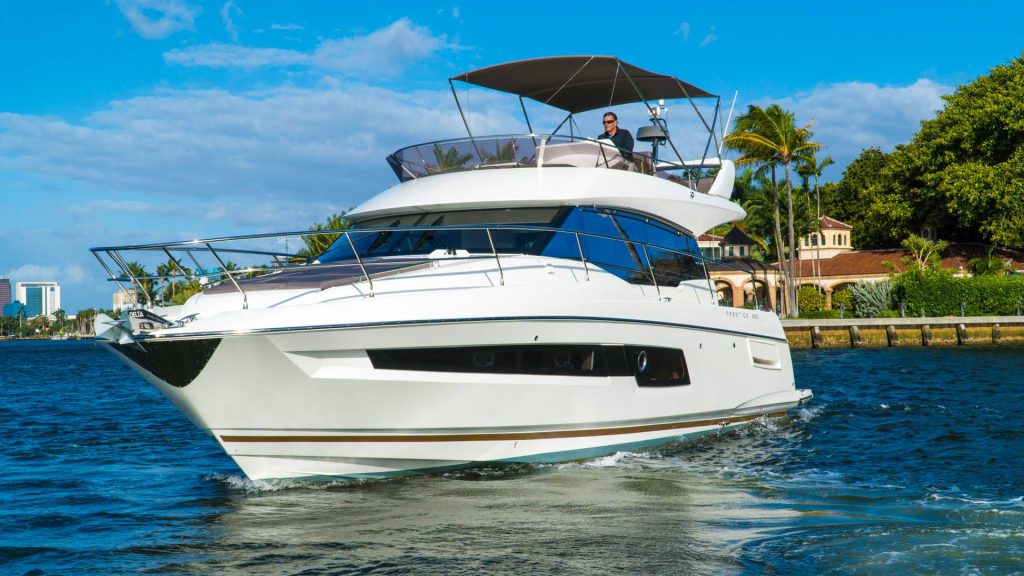

**Toll on Lahore-Islamabad Motorway (M-2) Increased to a Maximum of Rs. 7,460**
The Lahore-Islamabad Motorway (M-2), an essential component of Pakistan’s transportation system, has recently witnessed a substantial rise in its toll fees, with the highest charge now set at Rs. 7,460. This change has ignited conversations among travelers, stakeholders, and decision-makers about its effects on travel, the economy, and infrastructure development.
**Background of the M-2 Motorway**
The M-2 Motorway, launched in 1997, serves as a crucial route linking Lahore and Islamabad, covering around 375 kilometers. It aids in the transit of goods and passengers between these two primary cities, significantly contributing to the nation’s economic activities. The motorway is recognized for its excellent infrastructure, offering a safer and more effective travel experience compared to alternative routes.
**Reasons for Toll Increase**
The rise in toll fees can be linked to several reasons:
1. **Maintenance and Upgrades**: The motorway necessitates continual maintenance and regular upgrades to maintain safety and efficiency. Increasing prices of building materials and labor require higher tolls to finance these efforts.
2. **Inflation**: General inflation trends influence operation and maintenance costs, prompting toll rate adjustments to align with economic conditions.
3. **Revenue Generation**: The toll increase is also aimed at generating more revenue for the government, which can be reinvested in additional infrastructure projects or utilized to manage debts from previous developments.
**Impact on Commuters and Economy**
The toll rise has prompted mixed responses from different groups:
– **Commuters**: Frequent users of the M-2, particularly those traveling for work or business, may encounter heightened travel costs. This might lead to a preference for alternate routes or transportation methods, possibly increasing travel times and congestion on other roads.
– **Transport Industry**: Logistics and transportation firms may face rising operational expenses, which could be transmitted to consumers through higher prices for products and services.
– **Economic Activity**: Despite the toll increase possibly challenging some sectors, it could also result in enhanced infrastructure, which in the long term supports economic growth by improving connectivity and diminishing travel time.
**Government’s Perspective**
The government defends the toll increase as an essential measure to uphold the motorway’s quality and safety standards. Officials assert that the revenue generated will be allocated to ensure the motorway maintains its status as a world-class facility, capable of managing increasing traffic volumes and buttressing the nation’s economic goals.
**Conclusion**
The toll hike on the Lahore-Islamabad Motorway (M-2) to a peak of Rs. 7,460 highlights the broader challenges confronting infrastructure development in Pakistan. While it imposes immediate financial repercussions for commuters and enterprises, the future advantages of enhanced infrastructure may surpass the costs. As discussions progress, it is vital for the government to find a balance between revenue generation and public needs and concerns, ensuring that the motorway continues to function as a crucial link in Pakistan’s transportation framework.






